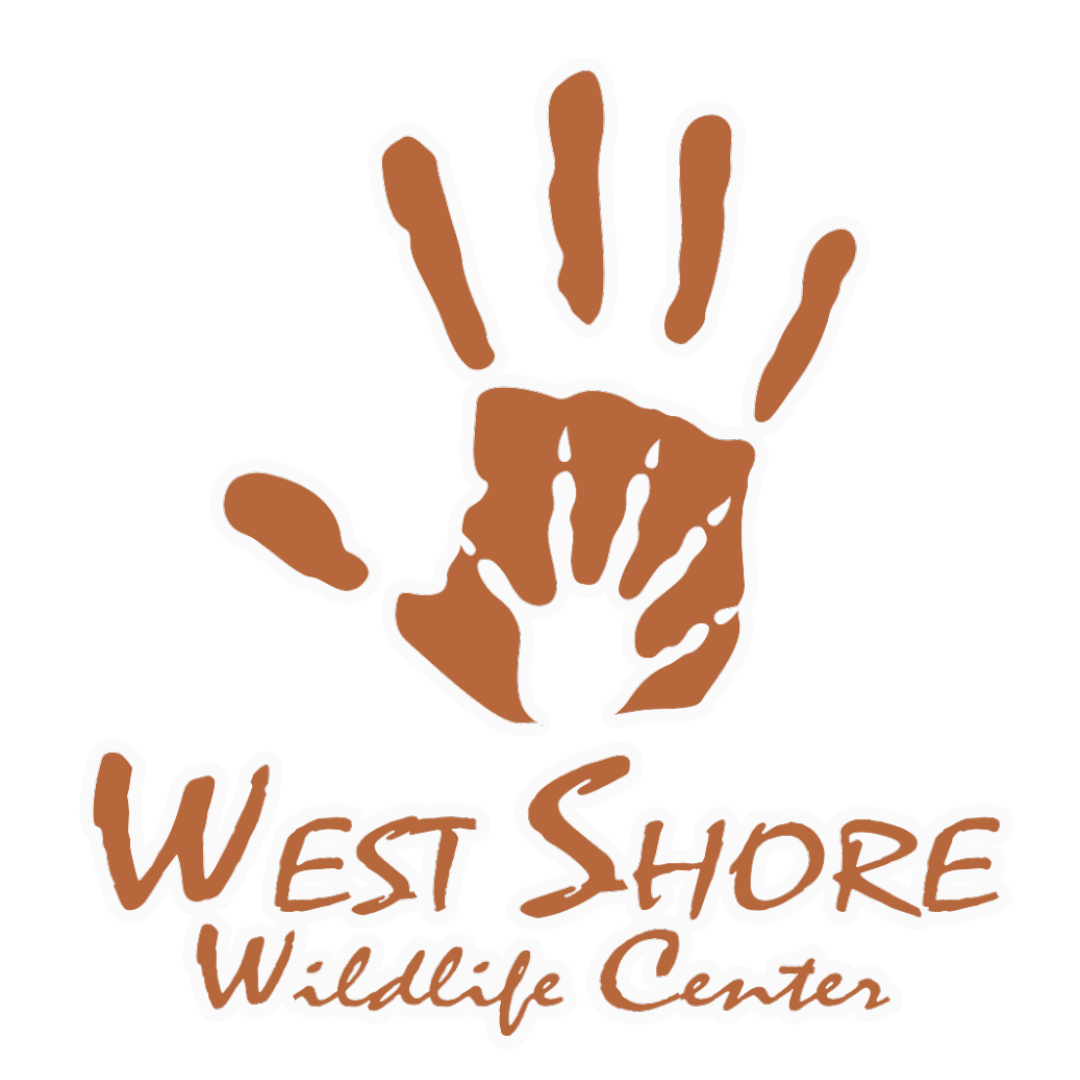
Help! I Found a Deer!
When people think of woodland wildlife, White-Tailed Deer are one of the first species that come to mind. Known for their quiet power, deer are a fascinating species. As humans continue to expand into wild habitats, deer are becoming more closely intertwined with urban environments.
Remember: It is illegal to keep and raise wildlife
Myth: A fawn found alone is always abandoned!
If You Find a Deer That:
Is laying quietly alone in an open space
Is laying near your home
Has been seen in the same spot for several days
This is normal! There is no need for you to intervene. For more solutions to common problems with deer in human spaces, visit this page.
If You Find a Deer That:
Has been attacked by a dog
Has parasites, including fly eggs (look like little grains of rice)
Is crying and wandering around for hours
Has been hit by a car
This is an emergency. Receive immediate support here or contact your local wildlife rehabilitator.
How To Save Baby and Juvenile Deer
Baby deer, or fawns, are able to stand and walk immediately after birth — although, they are a bit shaky! However, they will spend their first month of life curled up on the ground. During this time, fawns are not fast enough to keep up with their mother and are easy targets for predators. For this reason, mother deer will leave their fawn curled up somewhere safe while they find food. Fawns at this age have no scent, so as long as they are left undisturbed, they are difficult for predators to detect. Deer are also one of the few species of wild animals that may abandon their young if they smell humans. Handling a fawn should always be avoided unless absolutely necessary.
As long as the fawn is lying quietly and curled up with no visible injuries, it is okay for it to be alone for long periods of time. Fawns at this age are also highly susceptible to imprinting (when a baby comes to recognize an animal or person as a parent) and becoming too friendly with humans. If a fawn imprints on a human, they often need to be euthanized for their safety and ours. We recommend always talking to a licensed professional before taking in a fawn for wildlife rehabilitation.
Once fawns are four weeks old, they are quick and agile enough to follow their mother while she forages. They will begin to eat more vegetation and drink less milk. Fawns will retain their white spots until fall when they are completely weaned. These juveniles may remain with their mother over the winter but can survive on their own.
This is a healthy fawn! Mom leaves her young alone for most of the day so that she can forage. Fawns know to be quiet and stay where mom will find them. Leave them alone and keep pets/children away.
If a fawn is suddenly orphaned, other adults in the herd may adopt the baby. Unless the fawn has been crying and wandering around for an extended period, do not intervene. Allow time for the fawn to reunite with other deer.
How To Save Adult Deer
Adult deer are highly dangerous. Although they may not seem like it, their powerful legs can seriously harm humans and pets. NEVER approach an adult deer! If you find an injured deer, contact your state game agency for help. In many states, wildlife rehabilitators are unable to accept adult deer as patients. Adult deer are dangerous animals that are highly susceptible to fatal Capture Myopathy (a stress-induced muscle degenerative condition) and are not good candidates for rehabilitation. For more solutions to common problems with deer in human spaces, visit this page.
Do you still have questions after reading the information above? Contact us or a local wildlife rehabilitator!
Have you found this FREE information helpful? Help support our work and expand our services by giving a gift.
Resources
Answering the Call of the Wild by Erin Luther. Toronto Wildlife Centre.


